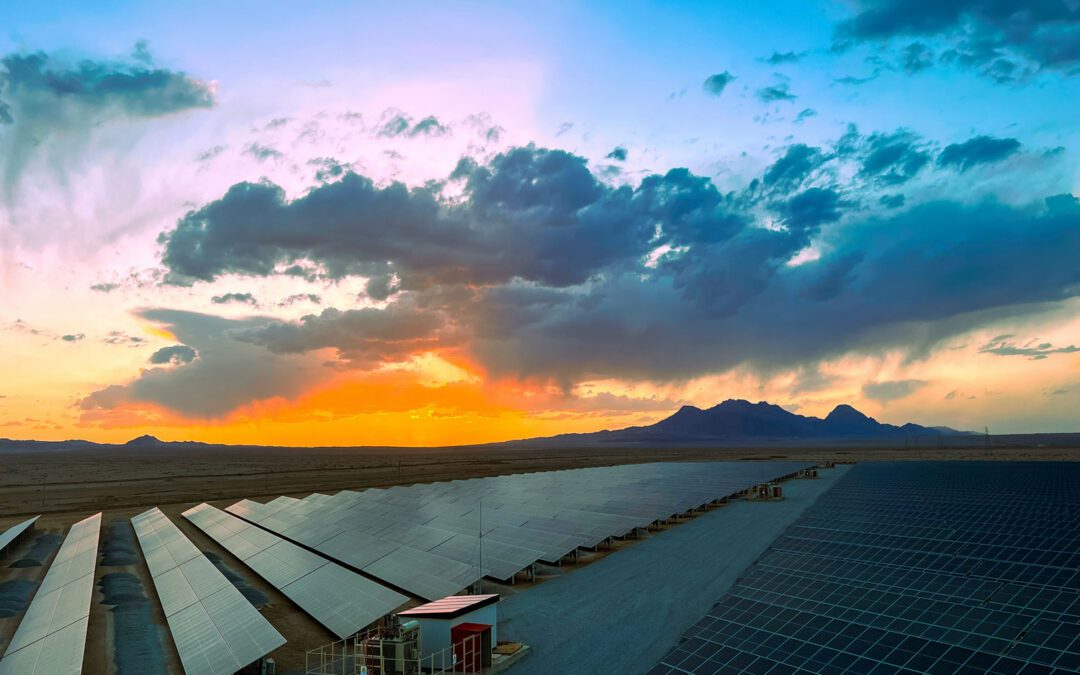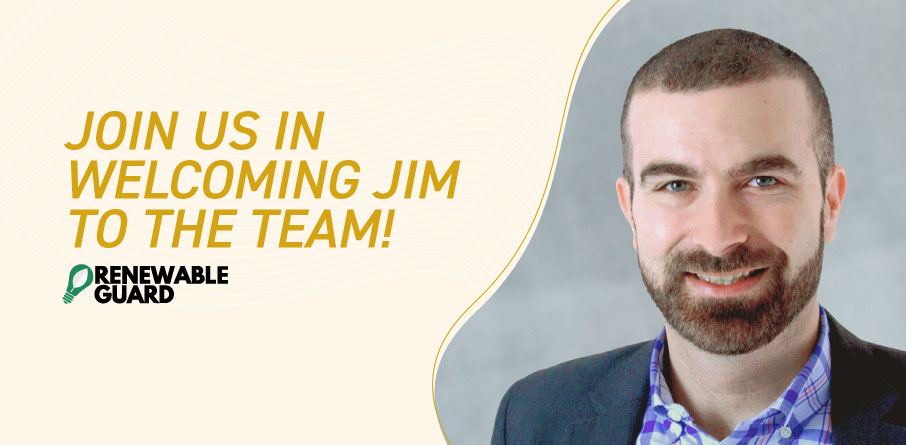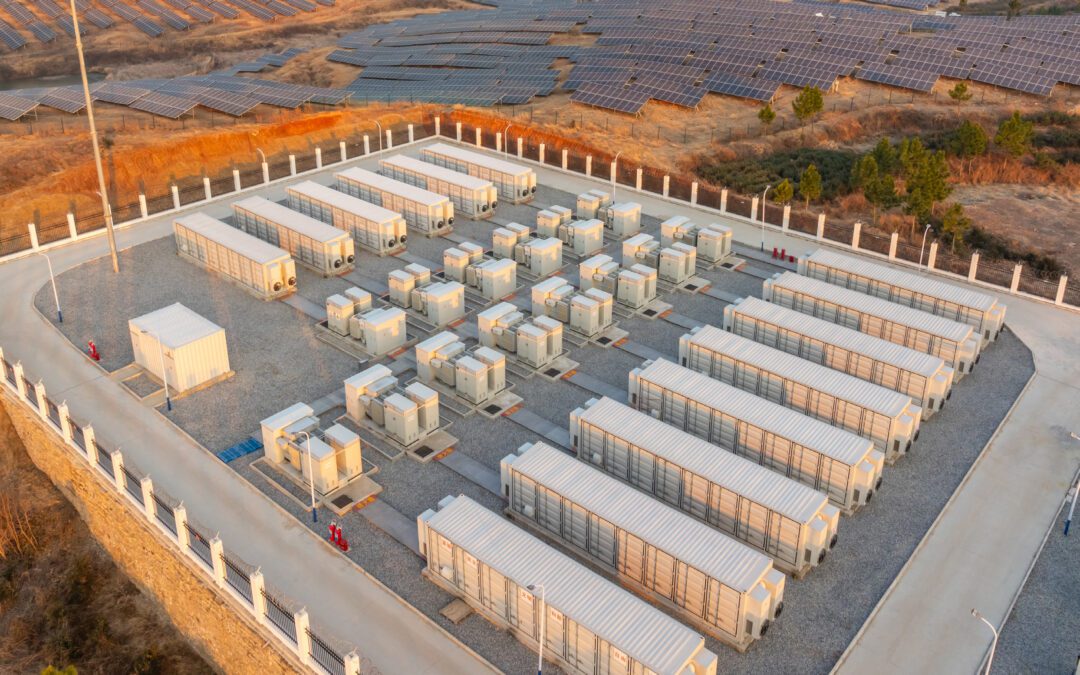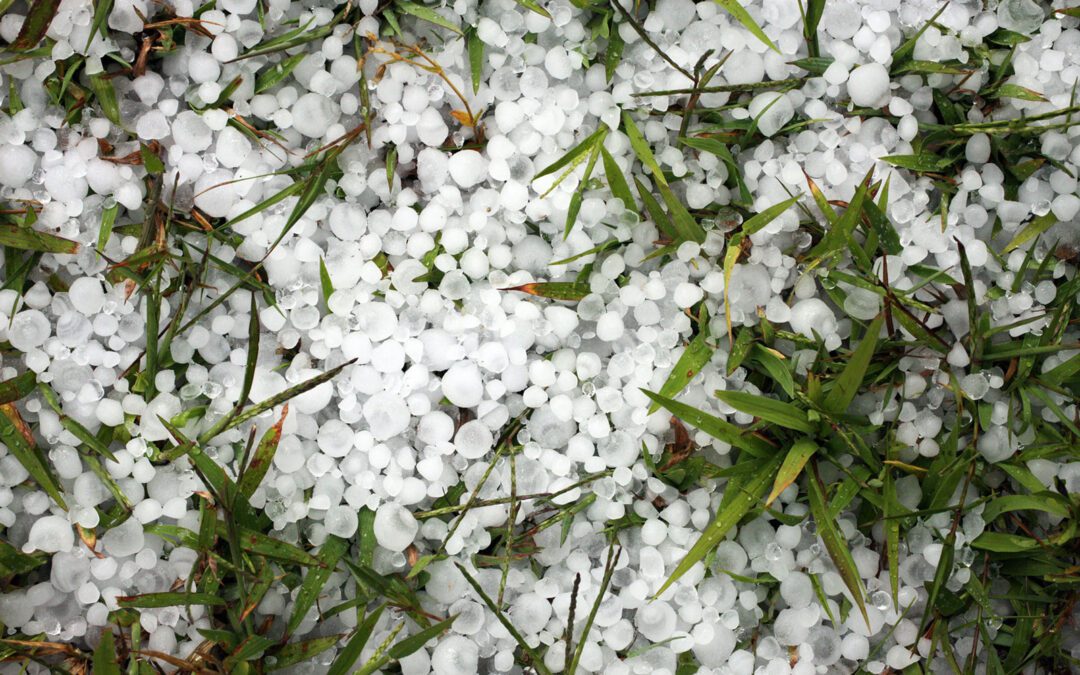MITIGATING WEATHER RISKS AND THEIR IMPACT ON RENEWABLE ENERGY ASSETS USING THE 5 STEPS TO THE RISK MANAGEMENT PROCESS
Strong tornadoes are a common sight in the southern and central High Plains of the United States. But not in November.
On November 16, 2014, a trio of EF3 tornadoes tore through parts of the Texas panhandle and far southwest Kansas, part of a multi-day outbreak of an estimated 53 tornadoes from the Plains to the Southeast through November 18, according to severe weather expert, Dr. Greg Forbes. Were the developers of wind farms and other renewable energy projects in the region aware of the risk of tornadoes? How did they prepare for the prospect of such loss? Were they aware of the difference between their wind/hail insurance deductible vs. their normal property deductible or did they find out the hard way?
THE ISSUE:
Severe Weather.
The following article by Stephen Morris (power and energy underwriting manager at HSB Engineering Insurance Ltd.) provides a high level overview of various exposures impacting your renewable energy installations. Wind is number one on his list and comes as no surprise. But there are many others as well. You know the exposures; how do you address them?
APPLICATION OF THE 5 STEPS TO THE RISK MANAGEMENT PROCESS:
- Identify – What are your exposures. Clearly you cannot control the weather, but you can be cognizant of it. Tornadoes, Rains, Hail? What are you potentially up against in the geographical area(s) you develop.
- Analyze – Conduct both a Qualitative (The What) and Quantitative (The How Much) analysis of the exposures. Analysis of historical data regarding regional weather patterns is good. Consult with weather experts to learn more about the region. See if your insurance carrier can provide you with loss data on the region as well. Look to understand frequency (the “how often”) and severity (the “how much”).
- Control – Take conscious action to avoid/prevent/reduce/segregate and transfer risk. The obvious method of transferring is moving the risk to your insurance carrier. But there is a cost to that and…wouldn’t it be nice to never have to file the claim to begin with? Regular checks should be conducted on the foundations, tower, and blades of wind turbines. Look to shore up weaknesses in the structure and be sure to check your ‘fail-safe’ control (included in dual axis photovoltaic plants and ground mounted installations) in the event of high winds. If there are known weather issues in the area, but the pros outweigh the cons to develop there, you can segregate the risk by diversifying the locations your assets are deployed.
- Finance – Should a loss occur, consider your financial options. Will it be more favorable to use internal funds or externally acquired funds to pay the loss. Setting up reserves for anticipated losses in a year based on your analysis of loss history can help you budget for the unexpected.
- Administration – Implement a desired risk management plan, then monitor its results. Your risk management plan should involve members of your risk management team: legal, finance, insurance, and HR (due to risk to employees). Your plan’s goal is to address the exposures you identify in Step 1.
SO, WHAT ABOUT THE WEATHER AND MY INSURANCE?
With regards to weather, know that your policy likely has a separate deductible for wind and hail claims! This deductible is likely different than your normal property deductible. If you know you are developing in a region known for severe weather, consider “buying up” to a more cost effective deductible. Check your policy, the wind/hail deductible will be one of the following:
- The same as your property deductible (although not likely)
- A higher flat dollar amount than your normal property deductible
- A percentage of your property coverage. EX: $10MM property coverage x 2% wind/hail deductible = $200,000 deductible
- A percentage applied against the total value of the single loss.
If you are uncertain about how your policy will respond, your coverage, or are not comfortable with your overall insurance program, you may want to consult with a renewable energy insurance specialist.











